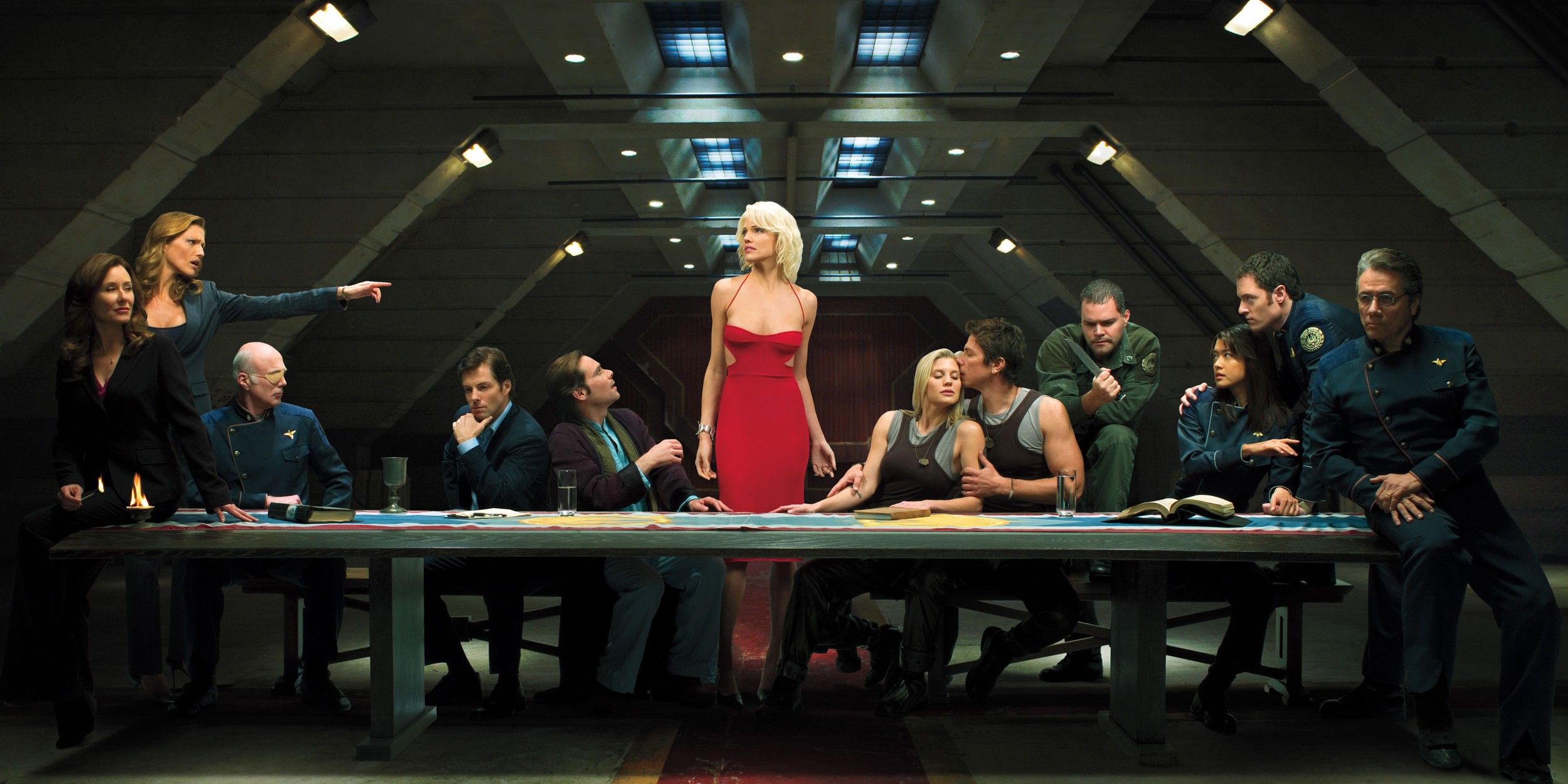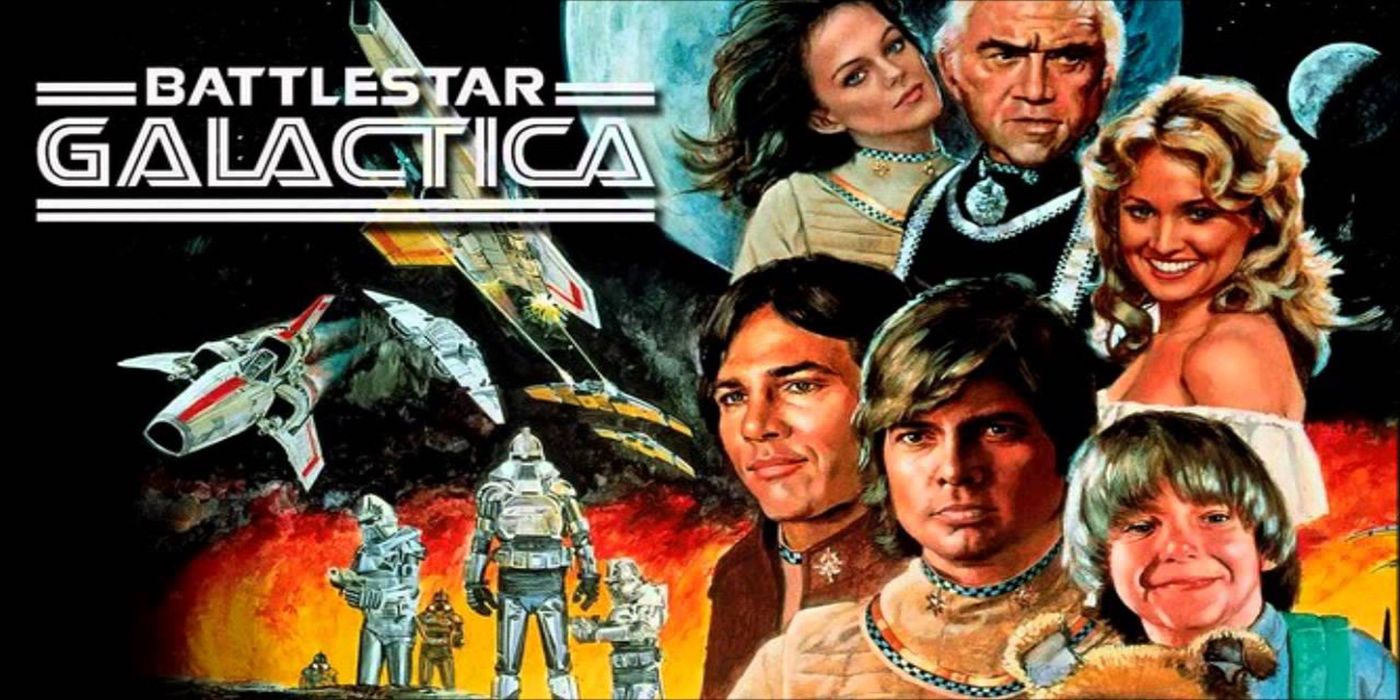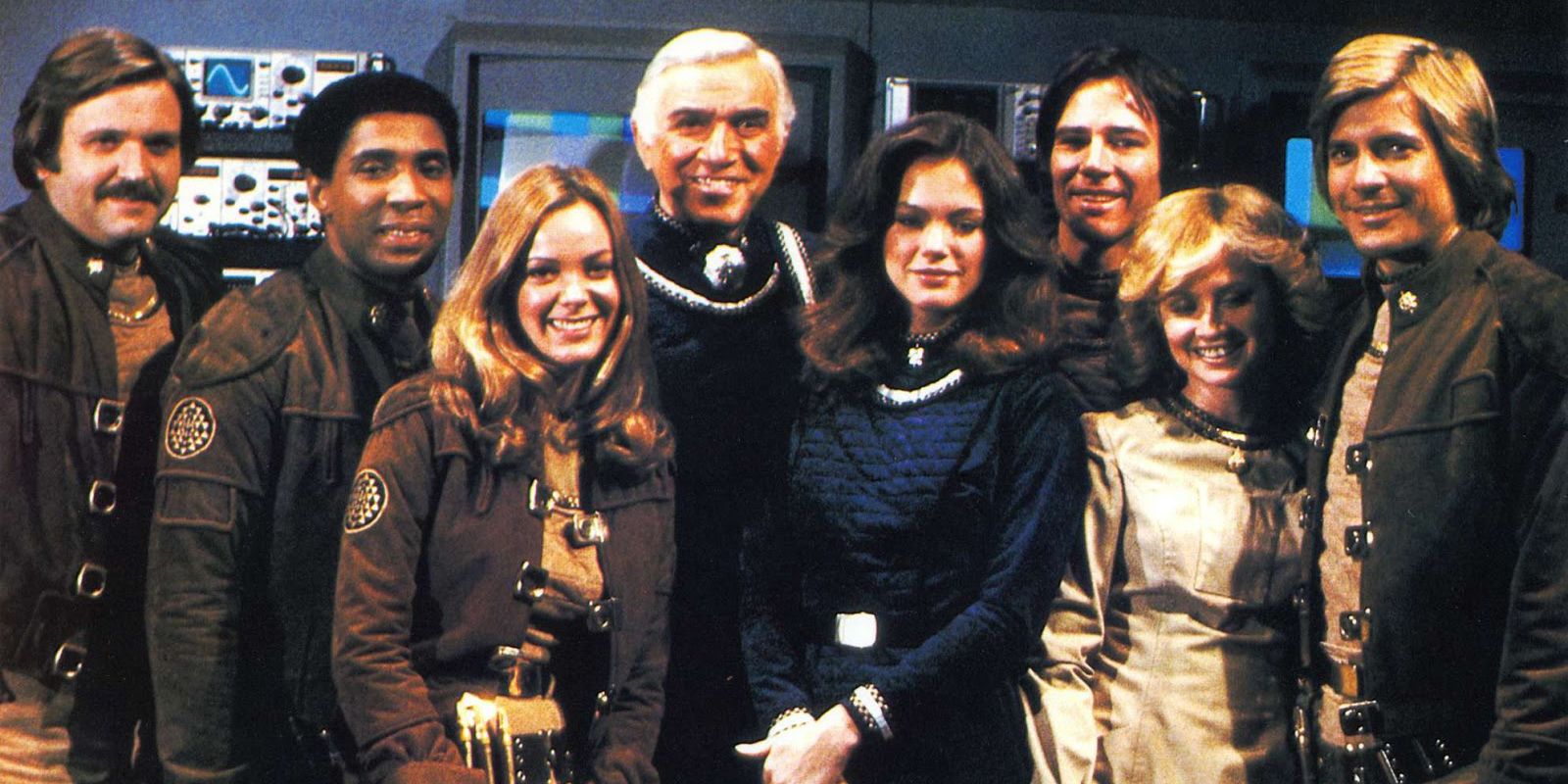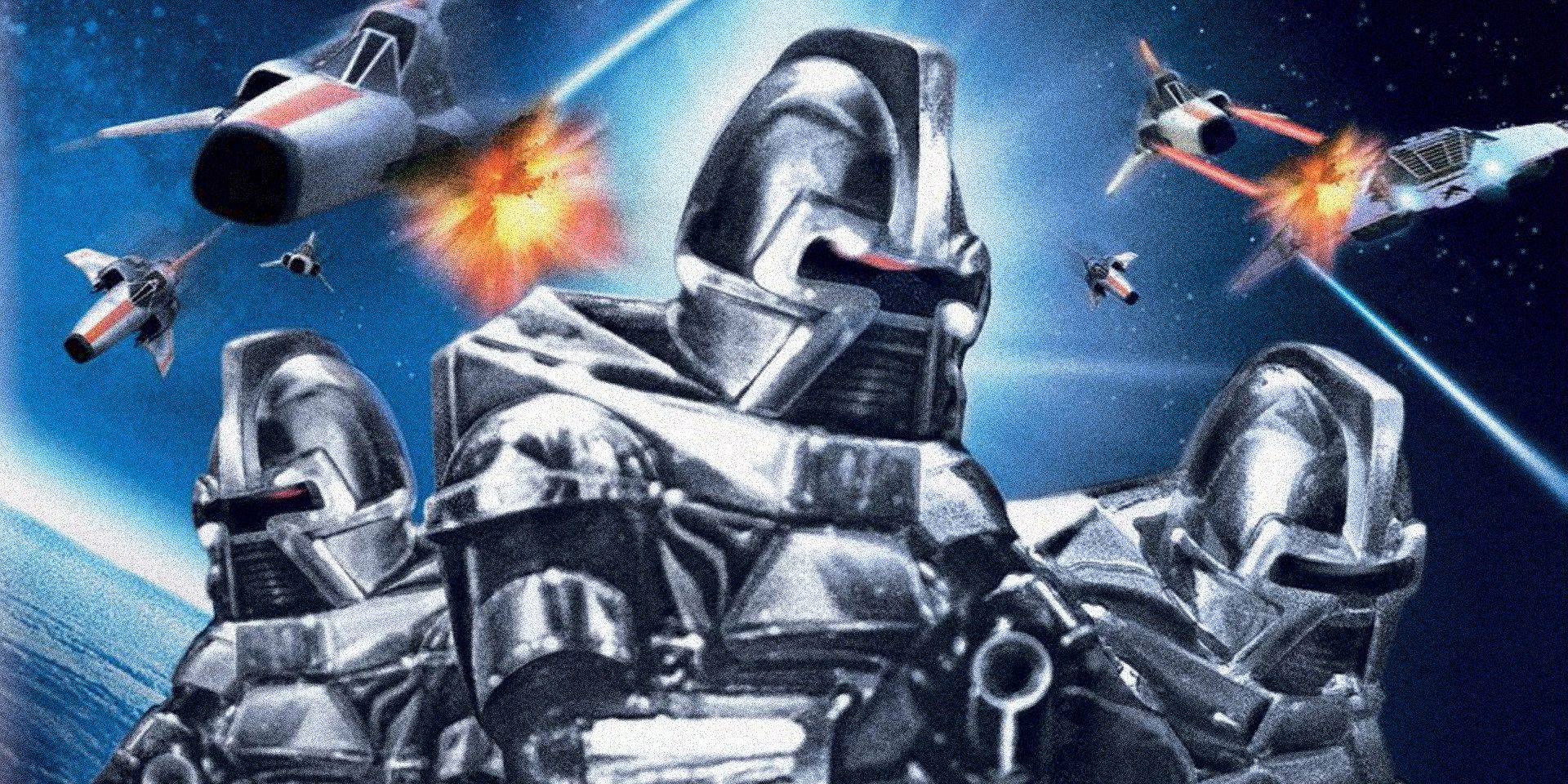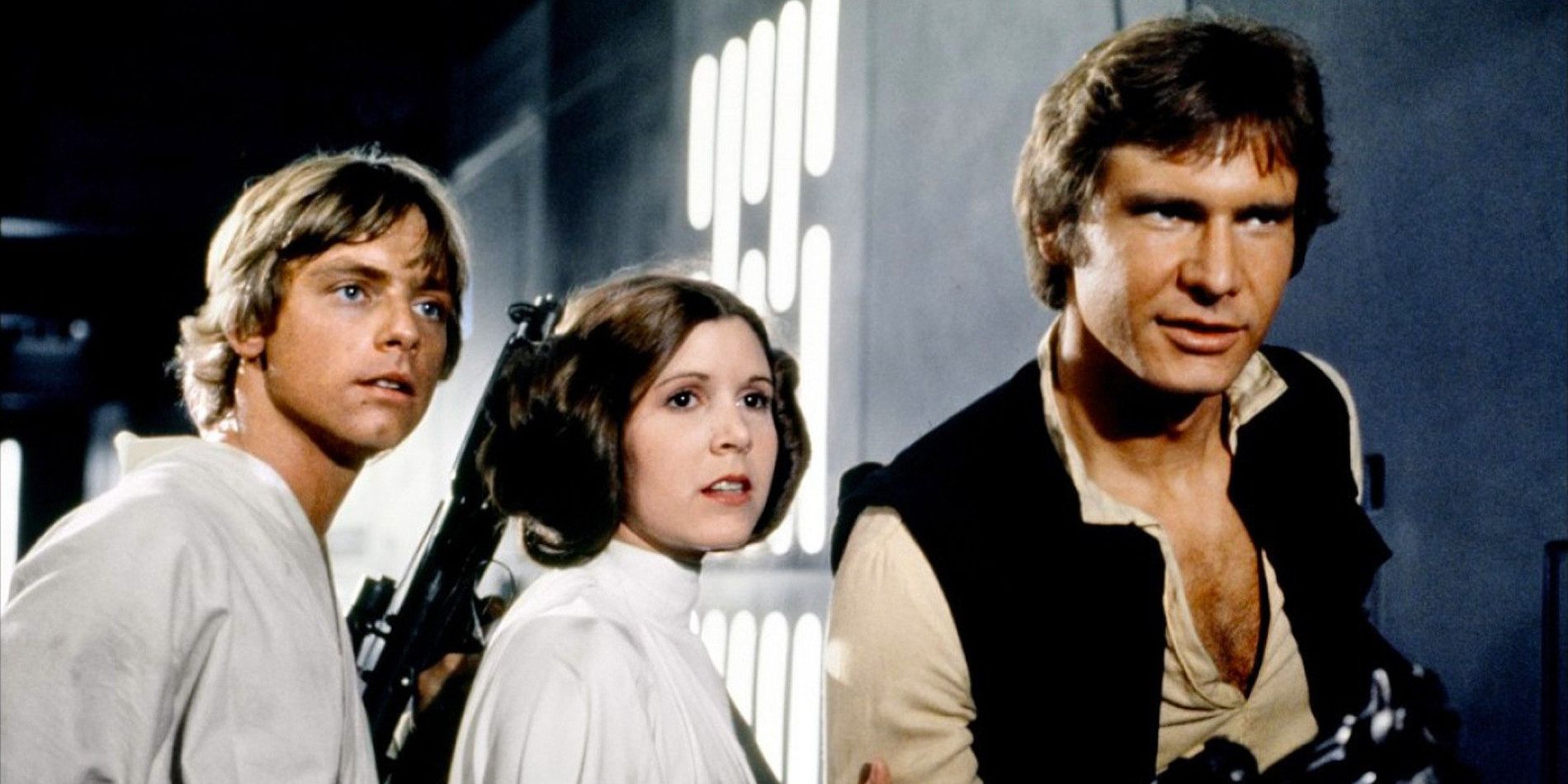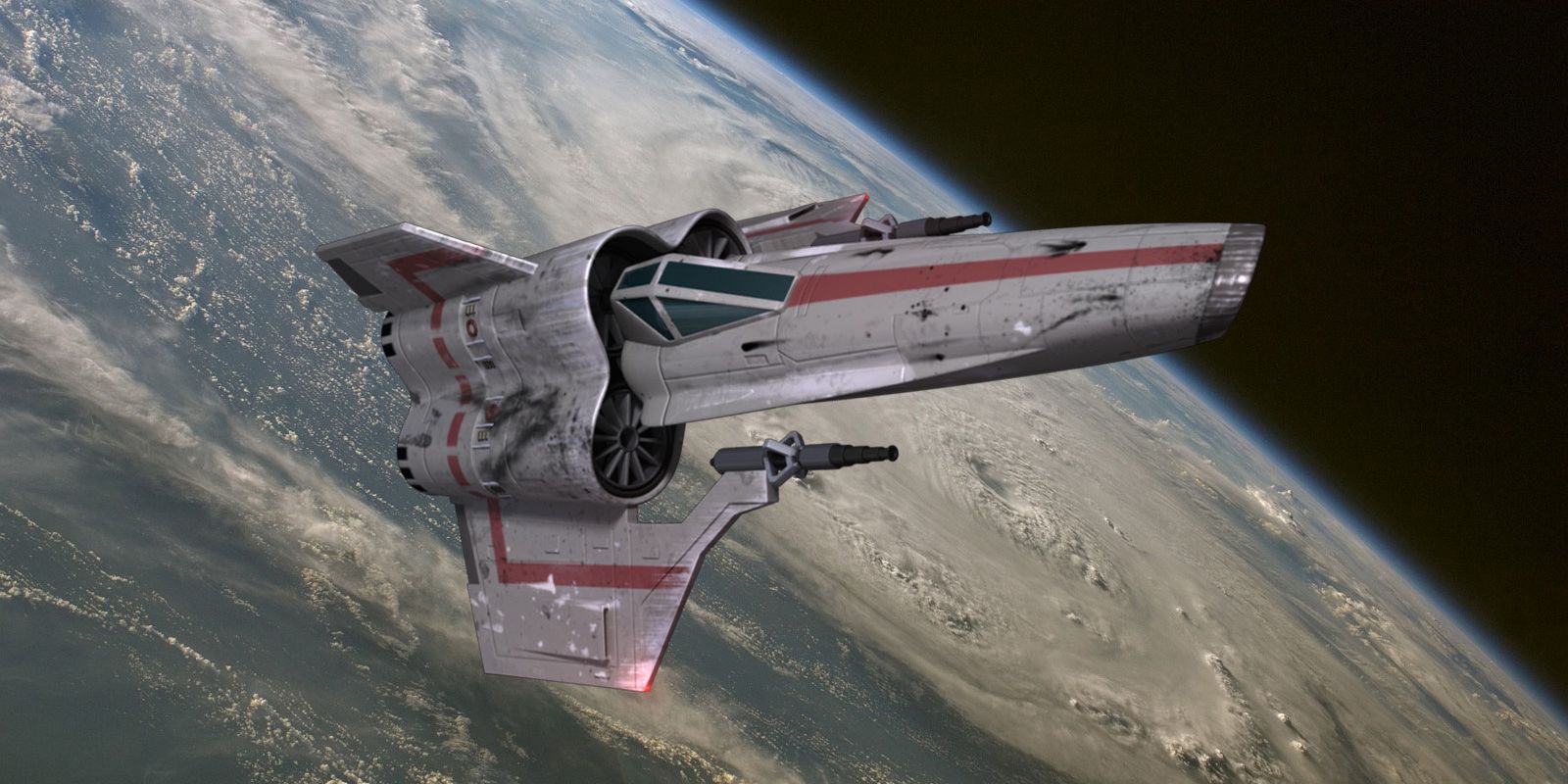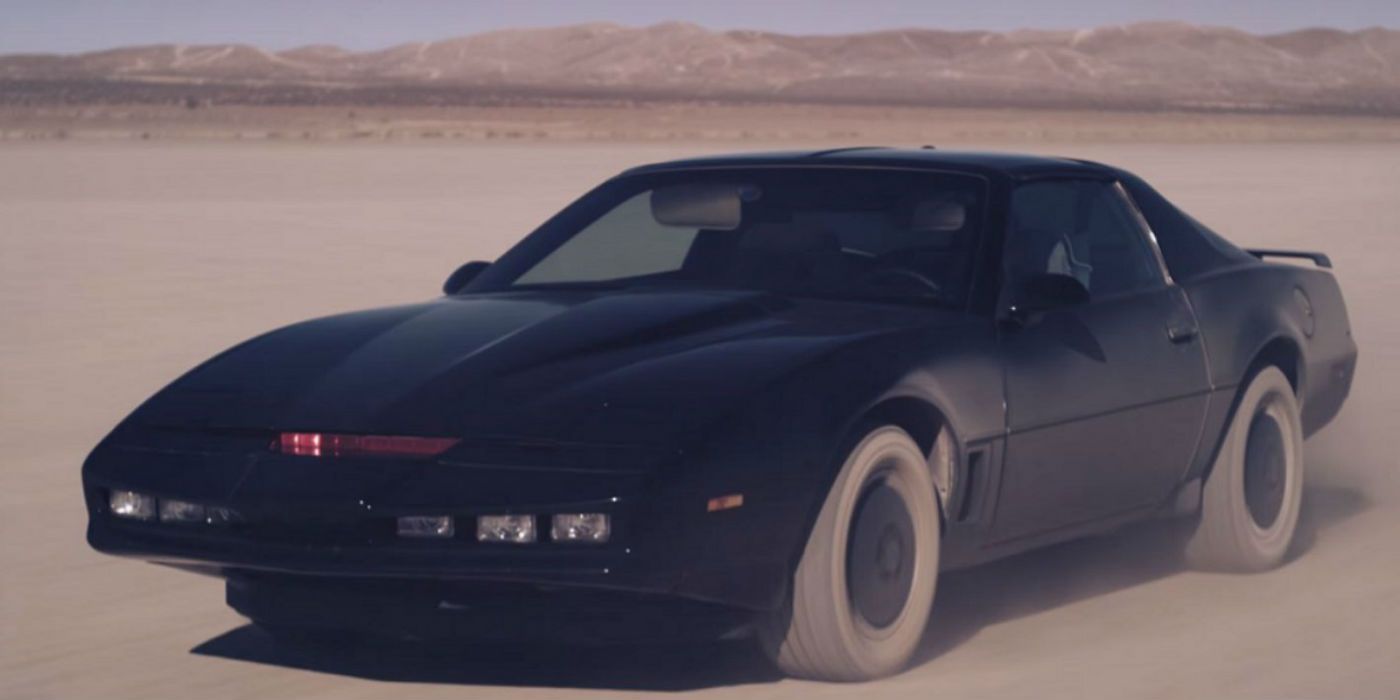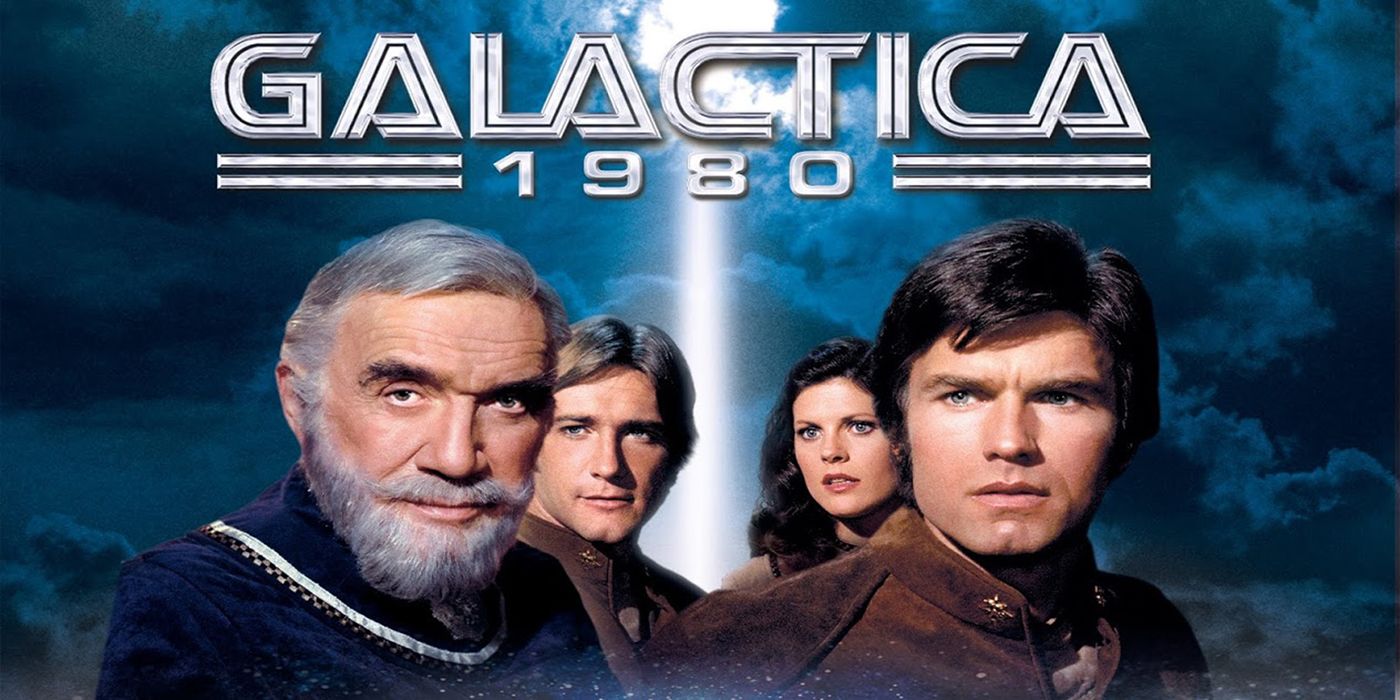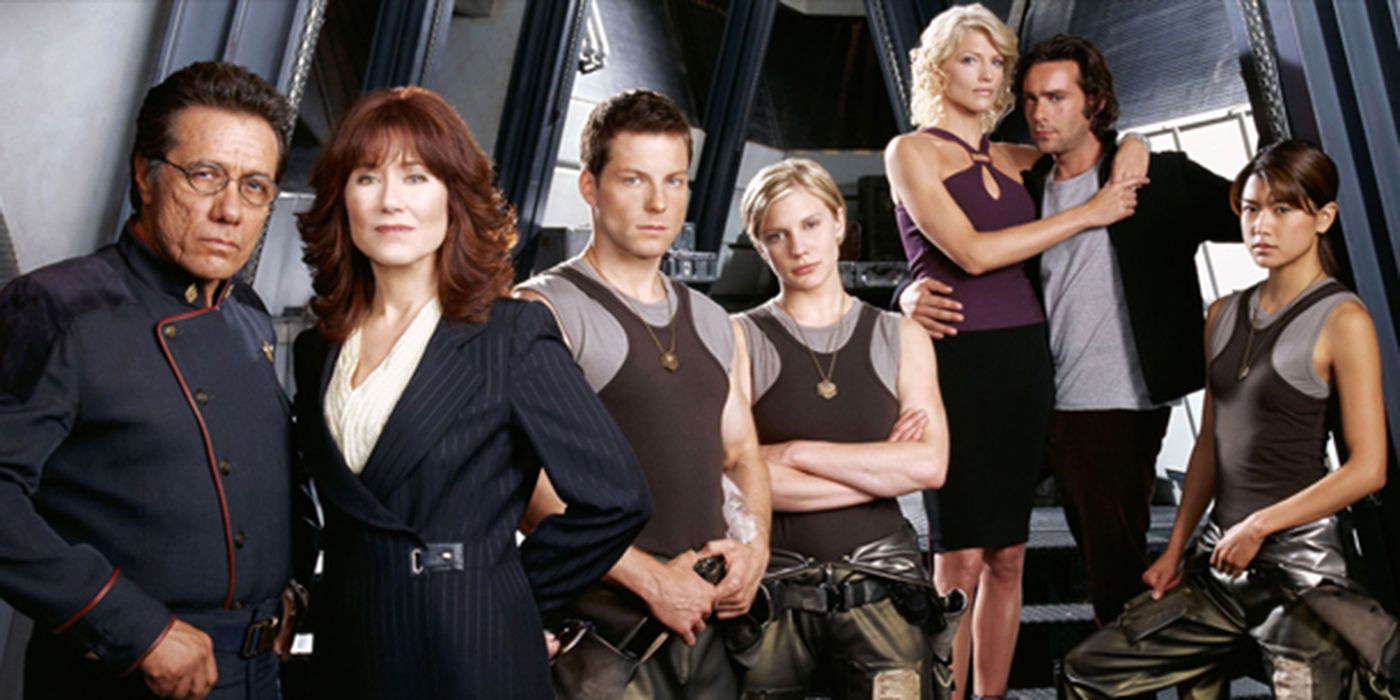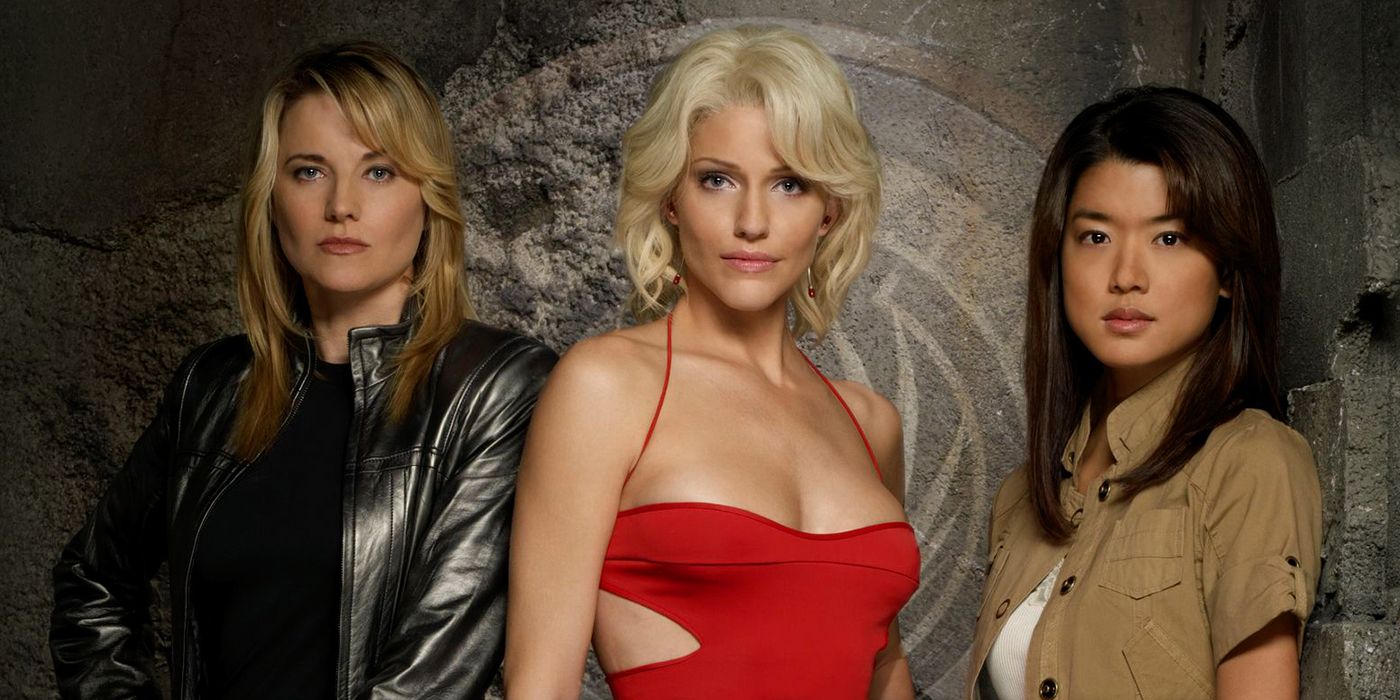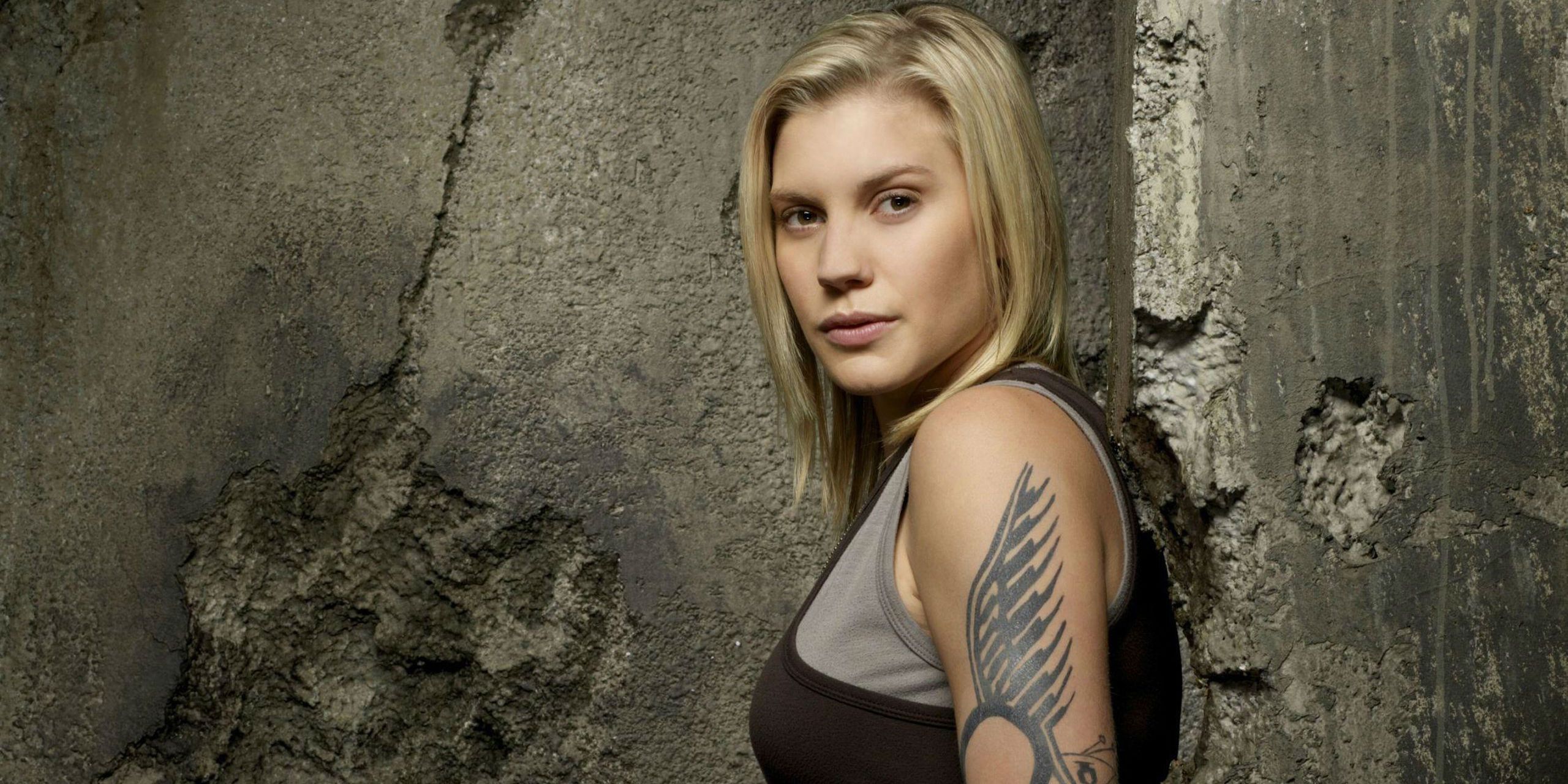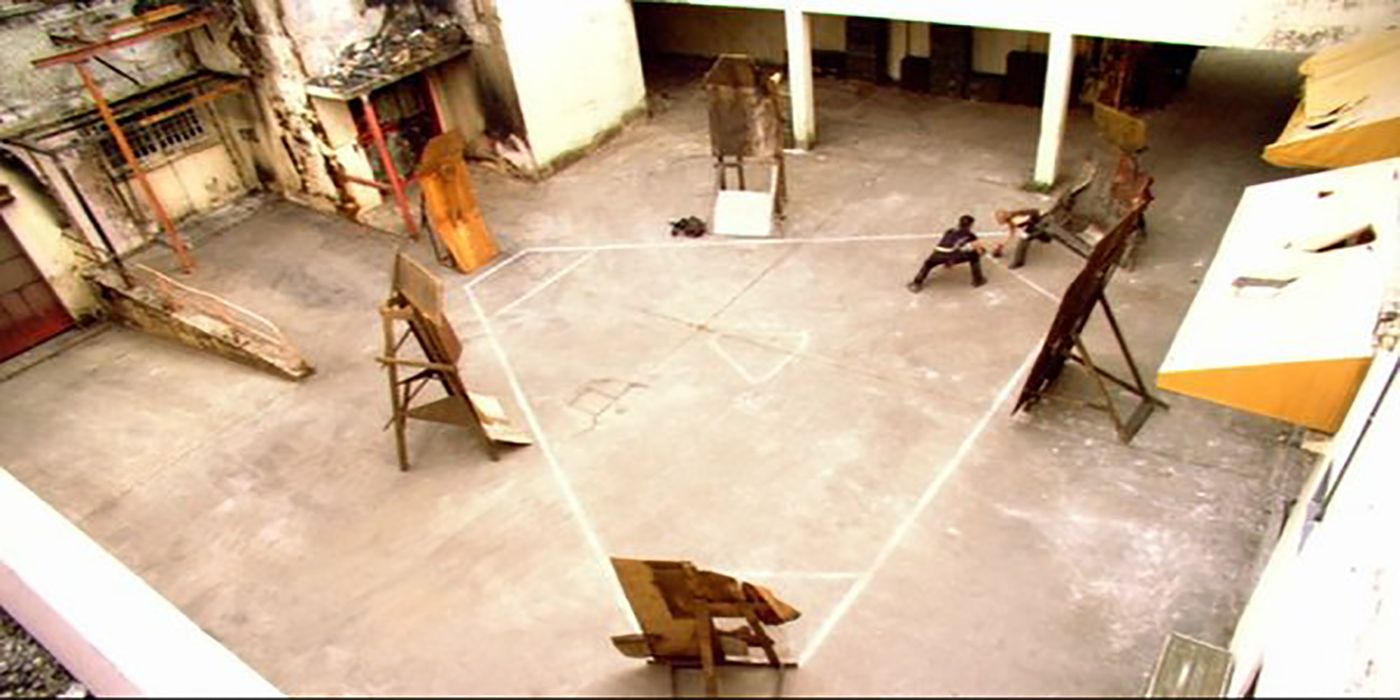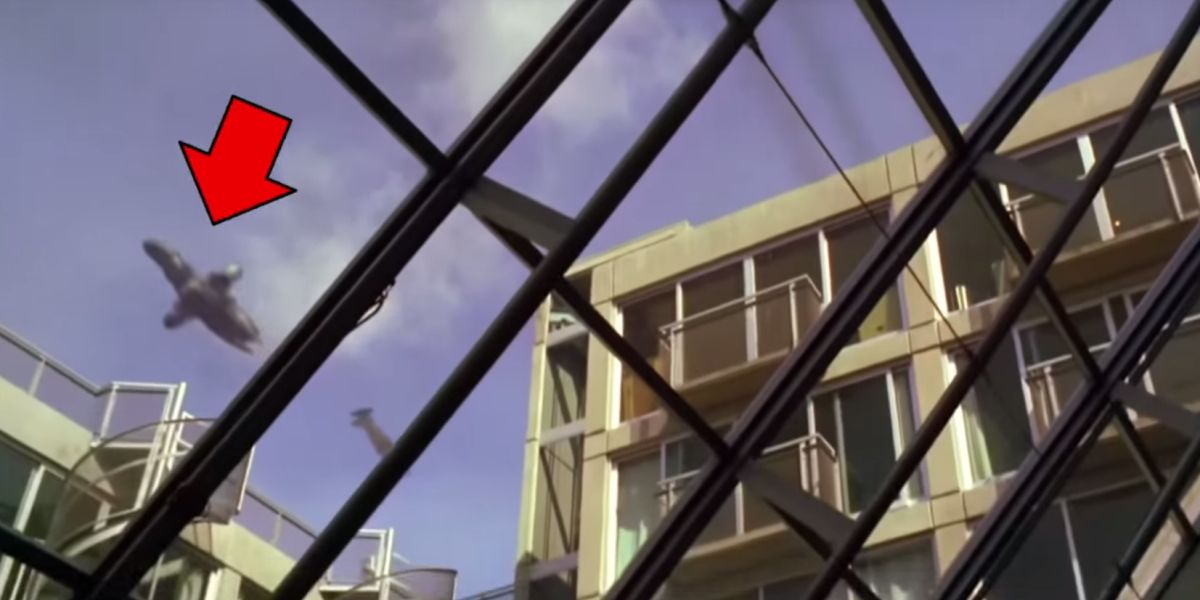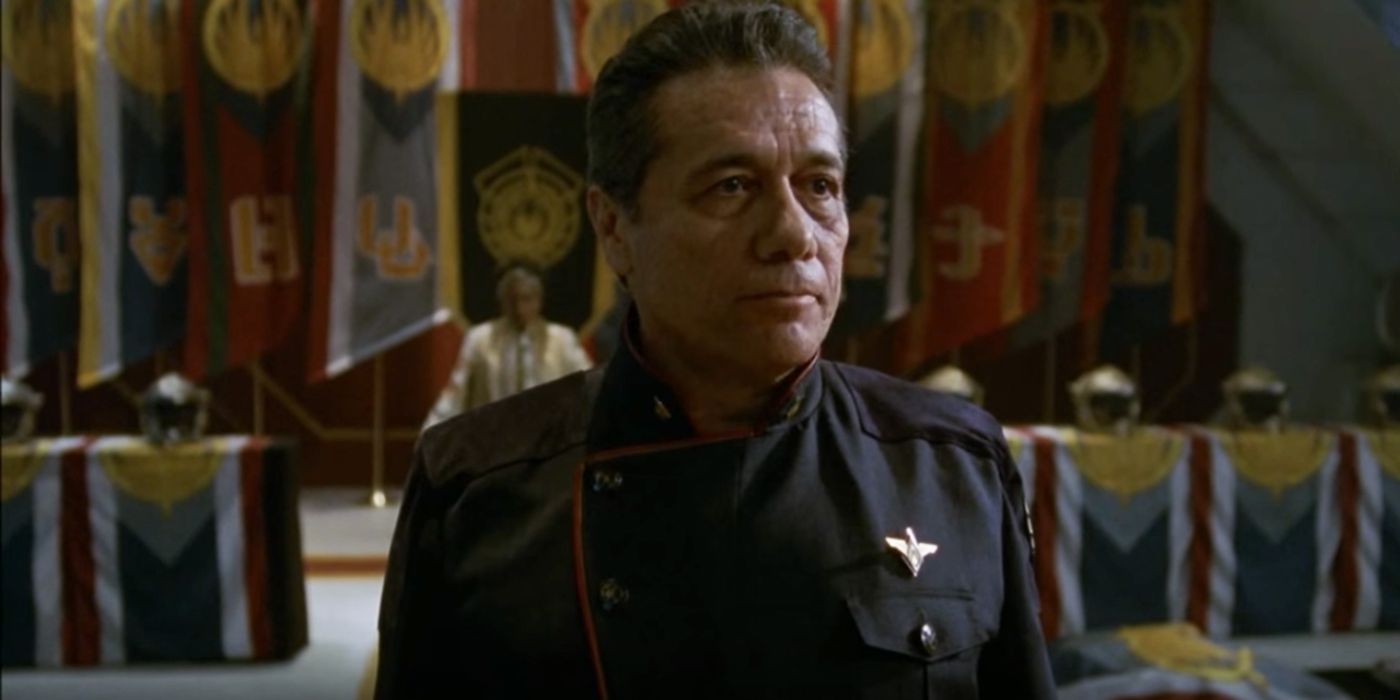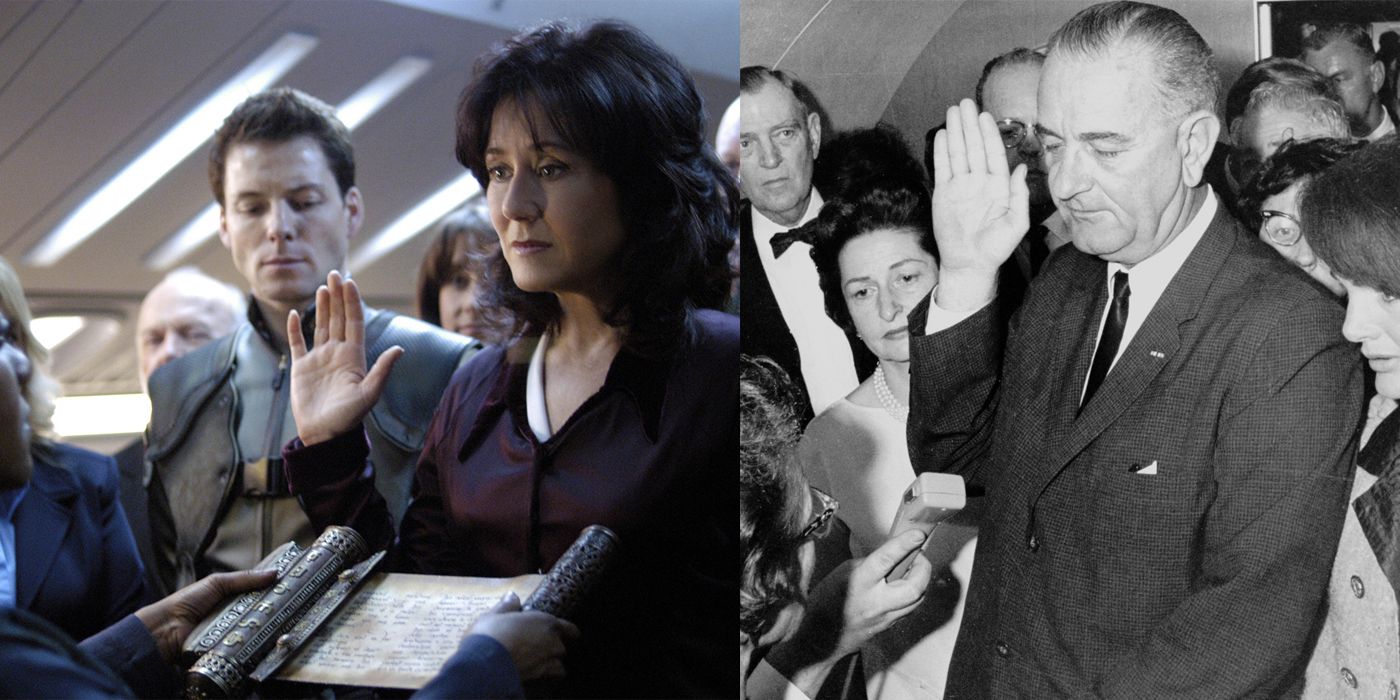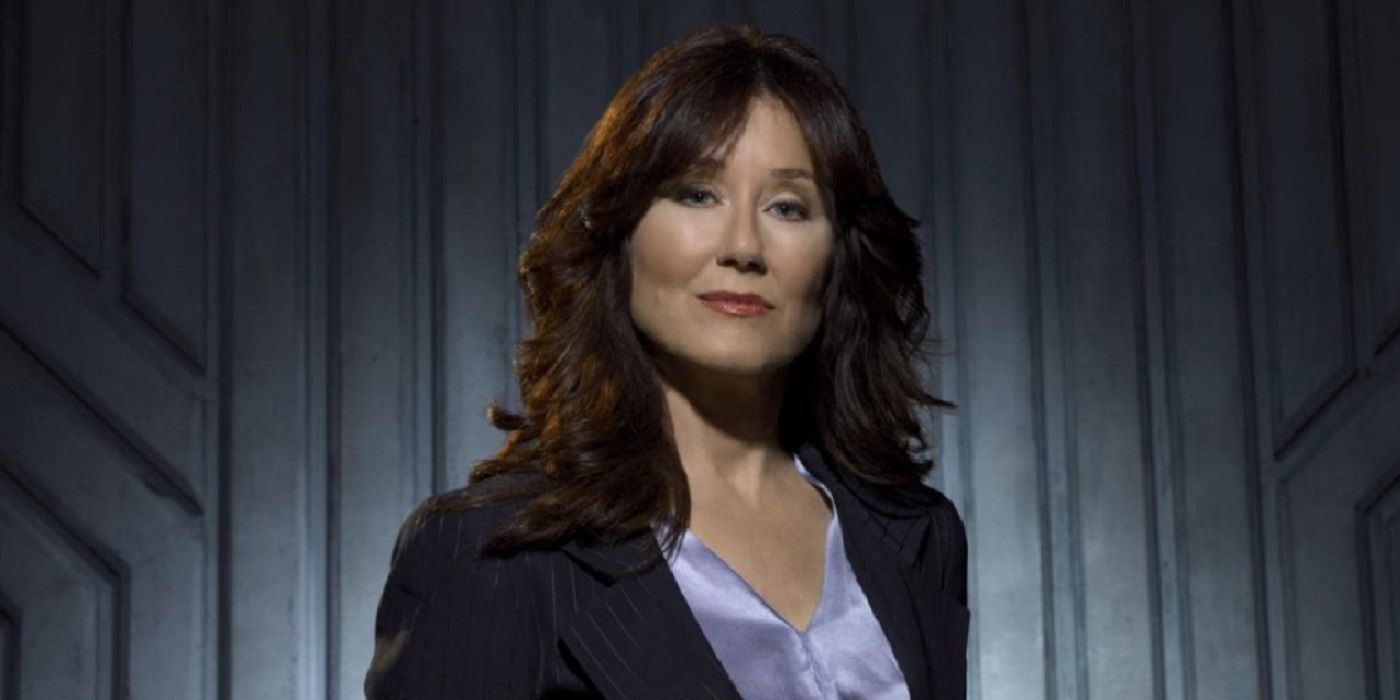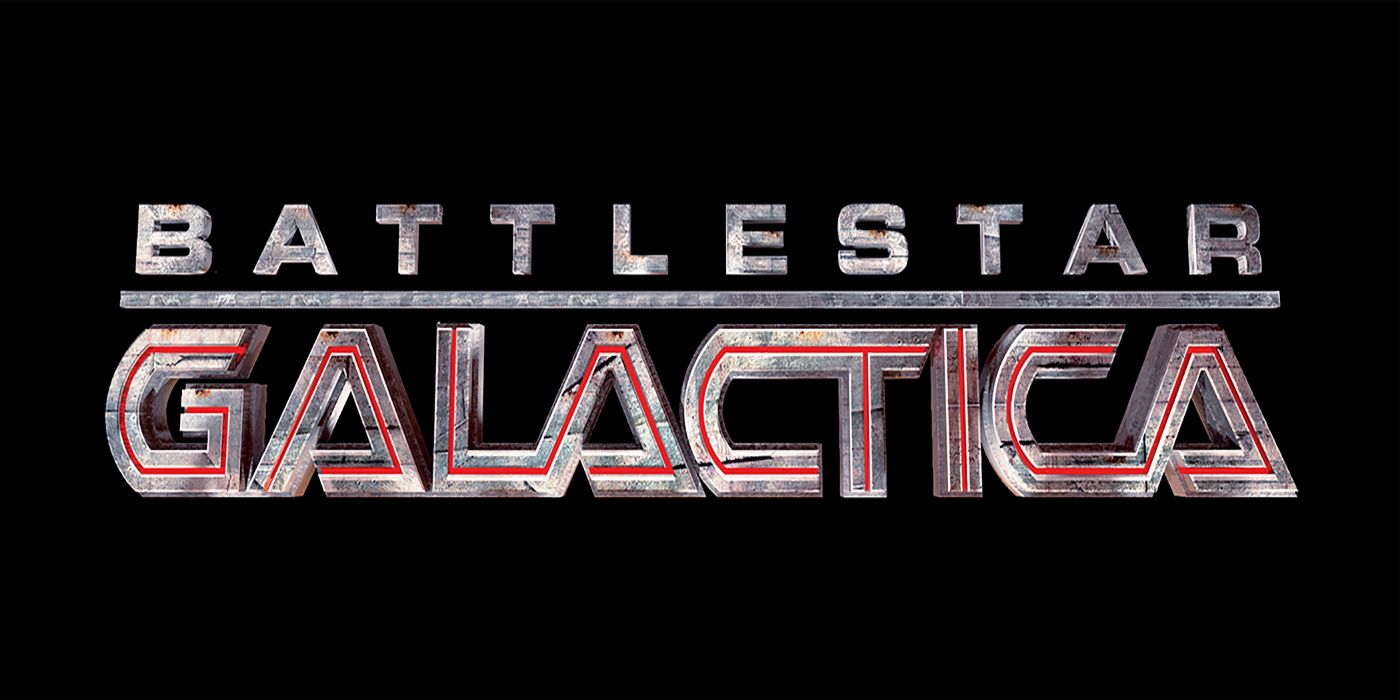Regarded as one of the best space opera television shows, Battlestar Galactica made its initial debut in 1978. Created by Glen A. Larson, the show immersed fans in a world of Cylons, Colonies, and mythical tales of a lost Earth. Though incredibly popular with fans, its waning ratings led to its cancellation. Even after fans rallied to bring the show back, the creator and actors failed to convince the studio to continue the show. Universal Studios, however, saw the potential for a remake and brought the show back in 2003 in the hands of executive producer Ronald Moore. Developed into a weekly show on the SyFy channel, the series captivated an audience of new followers and rekindled the love of fans of the original.
Since its cancellation in 2009, the critically acclaimed Battlestar Galactica (also shortened as BSG) is still highly regarded for its accurate depiction of its war-torn inhabitants and recurring themes of terrorism, humanity, and hopefulness. In the past, we have covered some highlights and low points of the series. But in this article, we plan to explore all the frakking amazing details you never knew about the series. So, here are the 16 Things You Didn't Know About Battlestar Galactica.
Connections to Mormon Theology and Peter Pan?
The origins of the sci-fi classic Battlestar Galactica connected directly to creator Glen A. Larson’s upbringing. Raised as a member of The Church of Jesus Christ and Latter-day Saints, Larson tied the show’s characters and fictional colonies to Mormon theology. According to an article in Deseret News, the Twelves Colonies of BSG “were essentially the Lost Tribes of Israel whose history began at Kobol, an obvious anagram for Kolob, which, in Mormon theology, is the star nearest to the throne of God.” Even the government of BSG included a president and a quorum (or council) of twelve similar to the system found in the LDS Church. Other parallels included ancient writings in hieroglyphics, the use of a tribunal as its court, and the belief in the lost 13th tribe.
While keeping the LDS connections in the 2004 re-imagining of the show, executive producer Ronald D. Moore also included inspiration he found in the 1953 animated Disney movie Peter Pan. Specifically, he was moved by the phrase, "All this has happened before, and will happen again." Moore incorporated this reference to the cyclical nature of time into the mythology of the Cylons.
The Reason For "Frak" And Other Unique Words
Most sci-fi shows include languages that are unique to their universe. Over the years, phrases like “lightsaber”, “Vulcan”, “Shiny”, and “skinjobs” have found a home in our everyday lexicon. Widely regarded as one of the best fictional phrases in science fiction, the word “frak” (or “frack”, which was the 1978 series spelling of the profane word) worked as the perfect censor-safe substitute for the f-word and added a bit of edge to the dialogue of the characters.
Since its inclusion in the 1978 show, the word has been used not only by fans of the show but other TV shows and movies outside of the science fiction genre. However, the word itself was part of the larger established language of the show designed to distinguish the Colonists from the people of Earth. Additional fictional phrases included the games of “Triad” and “Pyramid”, the rectangular currency of “cubits”, and the use of the plural “gods” for any expletives (which reflected the Colonists’ polytheistic religion).
The Original Series Angered The Russians
On September 17, 1978, the Battlestar Galactica pilot premiered on ABC to excellent ratings. Though it was the most expensive pilot made at the time (at $7 million), ABC had faith in the program and converted the mini-series into a weekly program. Some viewers in Russia, however, did not hold the show in such high regard. They accused BSG of equating the Cylons/Colonists conflicts to the US/Russia issues of the time. In particular, the show’s depicted negotiations resembled The Strategic Arms Limitation Treaty (or SALT) talks that lasted from 1972 to 1979. In his column in the Soviet newspaper Izvestia, journalist Melor Sturua, offended by the alleged anti-Soviet depictions, stated that:
“The galactic negotiations between the people and the Cylons really resembled the U.S./Soviet SALT talks - not in their actual form but in the perverted interpretation of the enemies of the treaty from the family of Washington hawks... Their inspiration is the pumping-up of military, anti-Soviet hysteria, which in this case is disguised in the modern costume of socio-scientific fantasy... Anti-Soviet symbolism dressed in a transparent tunic of science fiction.”
Though these allegations were neither confirmed nor denied, these types of stirring, real world connections added to the show’s popularity and legacy.
BSG Was Sued By The Makers of Star Wars
When Glen A. Larson initially pitched Battlestar Galactica (originally called Adam’s Ark), he ran into problems finding anyone to financially back the show. The title changed to “Star Worlds” to try profit from the success of the 1977 space opera Star Wars. From there, it shifted from Galactica to the final Battlestar Galactica title, still retaining the “star” in its name. After the premiere, BSG could not separate itself from the constant comparisons to Star Wars. Many reviewers continued to point out the various similarities between the franchises. Noted sci-fi author Isaac Asimov commented that "Star Wars was fun and I enjoyed it. But Battlestar Galactica was Star Wars all over again and I could not enjoy it without amnesia.”
In 1978, 20th Century Fox was so frustrated by the resemblances that they sued Universal Studios for “unfair competition, plagiarism, copyright infringement." In a surprising countersuit, Universal Studios argued that Star Wars had taken many of its ideas from the 1930s show Buck Rogers and the 1972 movie Silent Running. Oops! Although 20th Century Fox’s case was dismissed in 1980, the United States Court of Appeals for the Ninth Circuit approved the case for trial in 1983. In the end, both parties resolved the case without a trial.
The U.S. Air Force Named An Aircraft After The Colonial Viper
Despite the few controversies the surrounded the series, Battlestar Galactica proved to be a fan favorite. In fact, in 1979, it won the People’s Choice Award for “Best New TV Drama Series.” However, its appeal began to wane by the beginning of 1979. Rival station CBS even adjusted its Sunday night programming to keep its viewership high during the BSG airings. Between the decline in ratings and high production costs, ABC eventually canceled the series in April 1979. Fans were outraged at the cancellation and held protests outside of ABC studios.
Despite its cancelation, the love for Battlestar Galactica never faded. It even reached the hearts of the U.S. Air Force. In 1980, the F-16 aircraft was officially called the “Fighting Falcon”, the winning name in a contest was held within the Air Force. However, the pilots at the Hill AFB in Utah (the first F-16 base) began referring to the plane as the “Viper” after the Colonial Vipers from Battlestar Galactica. The name was even included in one of their prestigious awards for excellent F-16 pilots: the Joe Bill Dreyden "Semper Viper” award. The unofficial “Viper” is name is still used to this day.
The Cylons And KITT Are Basically Cousins
After Battlestar Galactica had ended, creator Glen A. Larson continued a successful television career in the late '70s and '80s. He helped in the creation of tv classics such as Magnum, P.I., and The Fall Guy. But in 1982, Larson’s series Knight Rider incorporated one of the more iconic elements of the Battlestar Galactica series: the cybernetic race known as the Cylons.
The featured antagonists of the BSG series, Cylons were large metallic robots with a distinctive red, single moving eye. This particular element was incorporated into the design of KITT, the technologically advanced 1982 Pontiac Firebird Trans Am from Knight Rider. Larson also used the sound effects of the Colonial Vipers in his new show. When the Vipers launched from the Battlestar Galactica, they made a very distinctive “whoosh” sound on the show. Larson used this same sound effect (layered with other effects) to serve as the sound KITT made when Michael Knight used its Turbo Mode.
Failed Reboots Due to Low Budgets and 9/11
After the cancelation of Battlestar Galactica, Larson attempted to revive the show after fans hosted a write-in campaign. The new series Galactica 1980 focused on the Colonists final arrival to contemporary Earth. Significant changes were made to the show, including reducing the cast and recycling old footage from the 1974 movie Earthquake. With the show’s placement in the Sunday night lineup, the writers had to make it more family-friendly. They were forced to reduce the show’s violence and increase its educational content. Plagued by low ratings, Galactica 1980 was canceled after ten episodes. Larson also proposed a film focused on the Battlestar Pegasus, but this project was rejected.
Apollo actor Richard Hatch attempted to bring the show back as a movie to garner Universal Studios’ approval. He personally funded his own film called Battlestar Galactica: The Second Coming with some of the original cast. After completing his film, Hatch traveled to various sci-fi cons to premiere the trailer and create interest. Sadly, his project was also rejected.
In 2000, X-Men director Bryan Singer worked with Fox to create a new Battlestar Galactica series set 25 years after BSG. Scheduled to premiere in 2002, the crew began construction on sets and managed to cast some of the original cast too. However, the events of September 11 delayed the production of the show considerably. Since Singer was already committed to direct X2 in 2002, he had to drop out of the project and Fox lost interest in the project once he left.
The 2004 Cast Could Have Included Han Solo and Duckie
After ignoring the previous revival attempts, Universal Studios decided to remake Battlestar Galactica in 2002. Since this show would not include the previous series' actors, several attempts were made to select popular stars to boost the remake’s appeal. Actors Ed Harris and Sam Shepard were being considered for the role of Commander Adama. And, in what can only be perceived as another dig at their long-standing rivalry with Star Wars, Universal Studios even considered Harrison Ford for the role. Imagine Hans Solo in yet another space opera franchise. Star Wars fans would have lost it over this casting (and not in a good way).
Other casting considerations would have had Two and a Half Men star Jon Cryer as Gaius Baltar. Can you even visualize Duckie from Pretty in Pink as the smooth-talking doctor? We can’t either. How about Dr. Quinn, Medicine Woman actress Jane Seymour as Battlestar Pegasus commander Admiral Helena Cain? Yeah, not so much.
Casting Difficulties For These Three Cylons
Actresses Grace Park, Lucy Lawless, and Tricia Helfer, selected to play Cylons in the series, met with several challenges during casting. Xena: Warrior Princess star Lucy Lawless was chosen for the show as Colonel Saul Tigh’s dreadful wife, Ellen. However, Lawless felt she was not right for the role (thank goodness) and declined the offer. The show’s creators were so intent on having her on the show that they created the role of D'Anna Biers for her instead.
In contrast, Grace Park ran into difficulty securing a role in the show at all. She originally auditioned for the role of Communications Officer Dualla but was turned down. However, the directors encouraged her to try again for the role of Colonial Viper pilot Kara “Starbuck” Thrace. After her audition, she was rejected again for the role. They eventually gave her the role of Raptor Pilot Sharon "Boomer" Valerii. Third time's a charm?
Model Tricia Helfer auditioned for the role of Number Six (later known as Caprica Six) with virtually no acting experience. However, the producers were so impressed by her that they expanded her presence in all of the show’s marketing and promotions. Helfer’s appearance in her signature red dress was incorporated throughout the marketing campaign and still serves as an iconic image for the show.
Starbuck vs. Starbuck: The Casting Controversy
The lead role of Starbuck went through some significant changes in the new reboot. The cigar-smoking, charismatic Viper pilot was changed from a man to woman. Though considered very young for the role, 22-year old Katee Sackhoff was selected for the lead role after a compelling audition. Certain fans were outraged at the re-casting as Starbuck was one of the beloved characters of the original. However, no one was more infuriated than Dirk Benedict, who played Starbuck in the original Battlestar Galactica series. In fact, Benedict composed an essay about his distaste for the character change entitled Starbuck: Lost in Castration. In his 2004 post, he wrote:
“Starbuck would go the way of most men in today’s society. Starbuck would become "Stardoe". What the Suits of yesteryear had been incapable of doing to Starbuck 25 years ago was accomplished quicker than you can say orchiectomy. Much quicker. As in, "Frak! Gonads Gone!" And the word went out to all the Suits in all the smoke-free offices throughout the land of Un- imagination, "Starbuck is dead. Long live Stardoe!"
Ouch. Years later, however, the two were able to resolve their differences and were even pictured together: Two Starbucks in a Starbucks smoking cigars.
Thank the gods...
The Reason Behind The Triad/Pyramid Switch-up? A Simple Mistake
In the process of creating the new remake, the creators worked to include many elements of the original series. Though only a limited number of the original characters were brought to the new series, they made sure to include other aspects of the show that fans could appreciate. They decided to include two popular Colonial games featured in the original series: the card game Pyramid and the sports game Triad.
However, in the process of converting these elements to the remake, Moore managed to switch the two inadvertently. So in the remake, Triad became the card game and Pyramid was the team sport. Even with the mix-up, the popularity of these two games was never affected. In fact, people have created actual Triad cards that can be purchased and played.
As for Pyramid, a few dedicated fans have attempted to create the game in real life. They have even established regulation fields based on the show and composed their own set of rules and regulations. Now that is some serious fan dedication.
Sci-Fi Easter Eggs Throughout The Series
Sci-fi shows are notorious for dropping Easter egg connections to other TV shows and movies in the genre. In many cases, the references reflect the previous works of its stars or even the crew members in other areas of sci-fi. Many fans have spotted such references throughout Battlestar Galactica.
In "Part 1" of the mini-series, the Serenity ship from Firefly can be seen flying overhead while Laura Roslin sits in her doctor’s appointment. Zoic Studios had previously created the special effects for Firefly and included a little nod to their work. The term “skinjob” is used quite often on the show to reference the new Cylons that can resemble humans. This term originated from Blade Runner, a film starring Commander Adama actor Edward James Olmos.
Another referenced franchise is Gene Roddenberry’s classic Star Trek. The number sequence “1701” has been used numerous times. It was seen on the weapons locker where the Cylons meet in Season 4. It was also included in the name of the Gemanon Liner 1701 found by Colonial One early on in the season. This numerical sequence is in reference to the USS Enterprise (NCC-1701). In fact, we even get a glimpse of the Enterprise as one of the many ships in the fleet during the "Legend of the 13th Tribe" episode (check the beginning of the episode, in the upper right-hand corner of the screen). These homages link directly to executive producer Ronald Moore, who was part of the production crew on Star Trek: The Next Generation.
"So Say We All" Began As An Ad-Lib
One of the most poignant moments of the series occurred in "Part 1" as Commander Adama addressed his crew during a funeral. After giving a rallying speech about finding Earth and saving humanity, he ended with the phrase “So say we all.” This phrase was also used by the character Priest Elosha earlier in the scene as a ceremonial/religious call-and-response. However, after Adama pushed the crew to respond with more passion, the phrase evoked a more powerful feeling. To this day, any fan of the series feels compelled to repeat “So say we all” whenever the phrase is spoken.
Interestingly enough, this phrase was an ad-lib by actor Edward James Olmos for this scene. At a 2010 Battlestar Galactica Exhibit in Seattle, Washington, Olmos revealed that this scene took place on the first day of filming for the series. The cast and crew were still deeply disheartened by the events of September 11 so the mood was very somber. As he improvised the delivery of his speech (he asked the crew to follow him as he walked around the room), he ended the speech with the unscripted “So say we all” to no response from the 200 extras in the scene. As he repeated the phrase, more of the cast participated until the full room repeating the phrase with enthusiasm. “So say we all” was then added to the scripting, including Elosha’s speech, Adama’s initial call and response, and the rest of the series going forward.
Olmos is truly a gifted actor. So say we all.
Storylines Were Inspired By Real-World Events
Much like its predecessor series, the 2004 Battlestar Galactica took inspiration for its storylines from real world events. Most notably was the swift swearing-in ceremony for Secretary of Education Laura Roslin as President of the Twelve Colonies. This event, which took place on the fictional Colonial One ship, mirrored the 1963 swearing in of then-Vice President Lyndon Johnson after the assassination of President John F. Kennedy. In the now iconic photo, Johnson is seen taking the oath of office aboard Air Force One with former First Lady Jackie Kennedy and his wife Lady Bird Johnson as his sides.
Other real world connections included the growing fears of terrorism and terrorist groups following the events of September 11. Reflective of the horrific experiences around the world, the colonists experienced the anguish of a massive terrorist attack. Many of the actions of the Cylons have been linked to those of Al Qaeda and other terrorist organizations. President Roslin even faced a moral dilemma when presented with the opportunity to eliminate the entire Cylon army in the act of genocide. Such real-life connections helped to create an authentic depiction of a society faced with war, terrorism, and limited hope for survival.
An Invitation To Speak At The United Nations
Through its compelling storylines and in-depth character development, Battlestar Galactica became a favorite with fans, young and old. Throughout its run, the series received critical acclaim from some of the top reviewers and publications across the country. The show also became a hit with overseas audiences. Its gripping themes of war and survival motivated the United Nations to hold a special session in 2009 featuring some of the actors and creators of the show.
According to an article from UN News Centre, the panel would discuss the themes of “human rights, terrorism, children and armed conflict, and reconciliation between civilians and faiths.” The group included actors Edward James Olmos and Mary McDonnell as well as executive producers Ronald D. Moore and David Eick. Moderated by actress Whoopi Goldberg, they were joined by UN representatives “Radhika Coomaraswamy, the Special Representative of the Secretary-General for Children and Armed Conflict; Craig Mokhiber of the Office of the High Commissioner for Human Rights; Robert Orr, Assistant Secretary-General for Policy Planning; and Famatta Rose Osode, from the Permanent Mission of Liberia to the UN.”
This panel began the launch of a new UN project called the Creative Community Outreach Initiative, a partnership with members of the entertainment industry to discuss global issues.
A Feature Film Is Still In The Works
Even after the 2004 remake concluded in 2009, the overall influence and love for Battlestar Galactica has shown no signs of ceasing. In 2009, creator Glen A. Larson began negotiations with Universal Studios to create a feature film for BSG. In his second attempt to create another BSG project, Bryan Singer signed on as the director in 2010. But again, due to his other commitments (he signed on to direct the movie Jack the Giant Slayer), he could not begin production. Scriptwriter John Orloff signed on to start the scripting with re-writes continuing well into 2012.
Very little was heard about the film until 2016 when it was announced that Francis Lawrence became the new director and Lisa Joy was the new scriptwriter. Sadly, these are the last updates we have heard about the movie. However, we will keep you posted on any additional news and updates in the future.
Let’s just hope they don't frak this one up.
---
Do you have any Battlestar Galactica trivia to share? Drop it in the comments!

